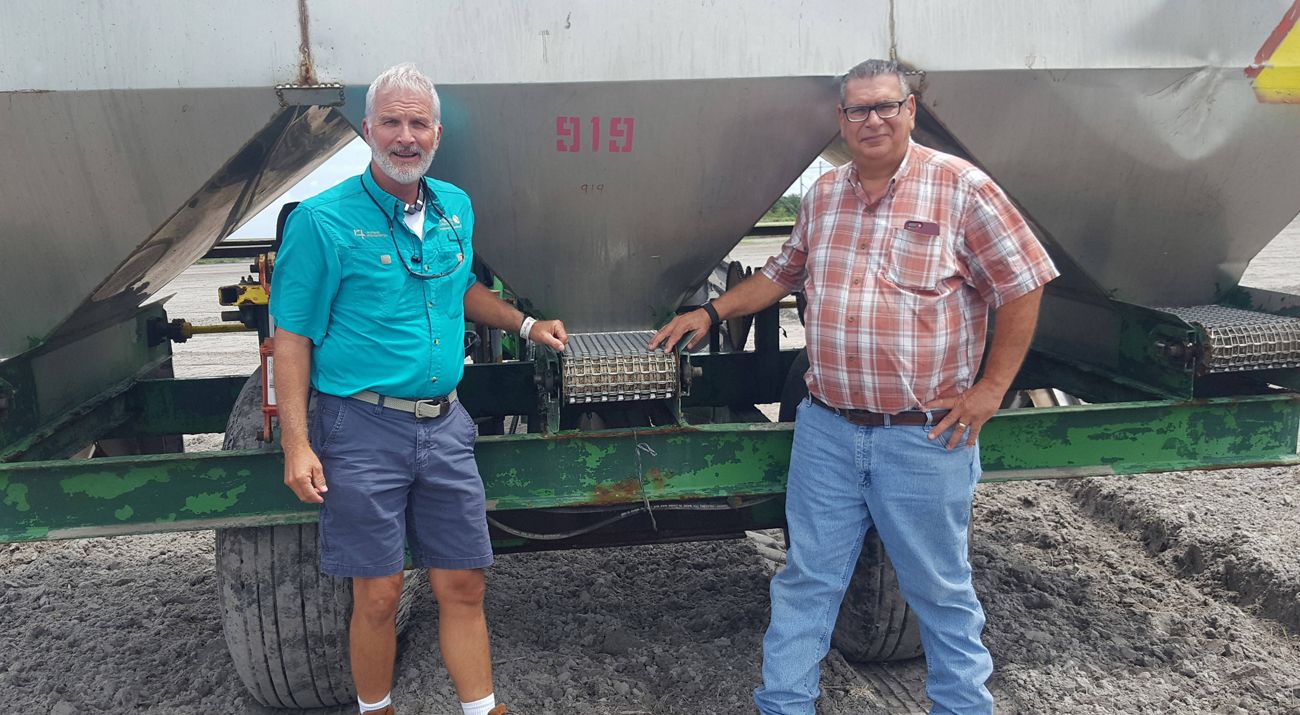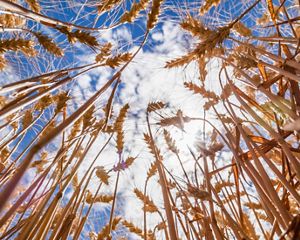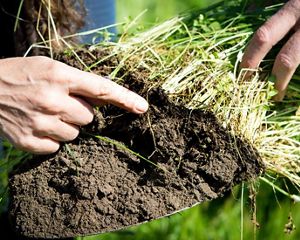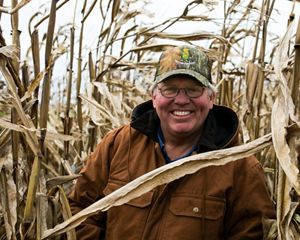Sustainable Agriculture Pays Off for a Florida Cabbage Farm
Third-generation farmers adopt practices that benefit nature and their bottom line.
This page was updated on Dec. 17, 2020.
As the world’s population continues to grow, farmers are under increasing pressure to produce more food, while at the same time caring for the lands and waters that sustain us all. Not only do farmers produce our food, but they drive the economies of rural communities throughout the U.S.—communities like Manatee County, Florida, home to Jacob’s Farm.
About eight miles east of Tampa Bay, the Sam family has a thriving farm operation that has been in business since 1986. Owned by third generation farmer Chuck Sam, Jacob’s Farm grows primarily cabbage and Napa (Chinese) cabbage. His brother Robert Sam helps oversee the farm operation, which consists entirely of leased land, currently about 1,400 acres.
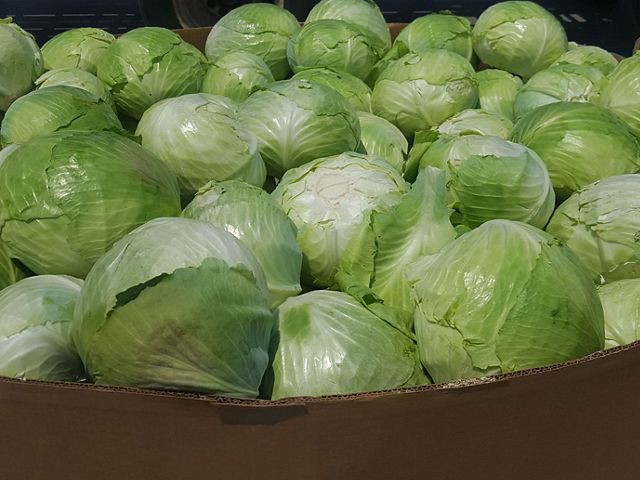
The Sams were wondering if they were overlooking innovative farming practices that could help boost their business. That’s when David Royal entered the picture. He’s the Nutrient Stewardship Project Manager for The Nature Conservancy in Florida. David grew up in a Florida farming family that stretches back six generations. Since joining The Nature Conservancy in 2014, David has been helping Florida farmers learn to manage their fertilizers (also known as nutrients), which help produce more robust crops and improve the farmers’ bottom lines. He visits about 200 farms annually in his work, which is funded by a grant from the Mosaic Company.
Experimenting with Farm Conservation Practices
In 2015, David began talking first with Chuck and then Robert about practices that could improve their operation and benefit the environment. “David stopped by frequently,” says Robert. “And he always showed an interest in us saving money and in producing a good crop.”
Eventually, David persuaded Robert to try an experiment on five 30-acre fields. He wanted to show the Sams they could apply fertilizer in a way that would benefit their cabbage crops and also the local waterways by reducing nutrient runoff.
Nutrients, like phosphorus and nitrogen, are the building blocks for robust crops, which is why fertilizer is an essential component for healthy crop production. Unfortunately, nutrient runoff from multiple sources, including cities, wastewater treatment plants, farms and residential areas, can enter waterways and lead to degraded water quality. To tackle this challenge, TNC is working across business, policy and science sectors to find and apply science-based solutions that are good for people and the environment.
Quote: David Royal
By using these 4R practices, they could also protect and improve water quality, and that’s the whole goal behind the 4Rs.
“[The Sams] were putting the bulk of their fertilizers on the fields before they had planted,” says David. “A lot was leaching away. The thing is, they wanted to be good stewards of the land, too. You’ve got to remember, we’re close enough to Tampa Bay that any water runoff from here is going to find its way to the bay.”
David recommended the 4R Nutrient Stewardship Program—a science-based approach to applying the right source of fertilizer at the right rate and the right time in the right place. “By using these 4R practices, they could also protect and improve water quality, and that’s the whole goal behind the 4Rs,” says David.
David knew from experience it would be best to start with applying the fertilizer precisely in the right place for the cabbage, as this approach would likely bring immediate results in terms of improving yields and reducing the amount of nutrients flowing off the fields. So they divided the fields in half, with one half of the fields remaining business as usual and the other half fertilized David’s way.
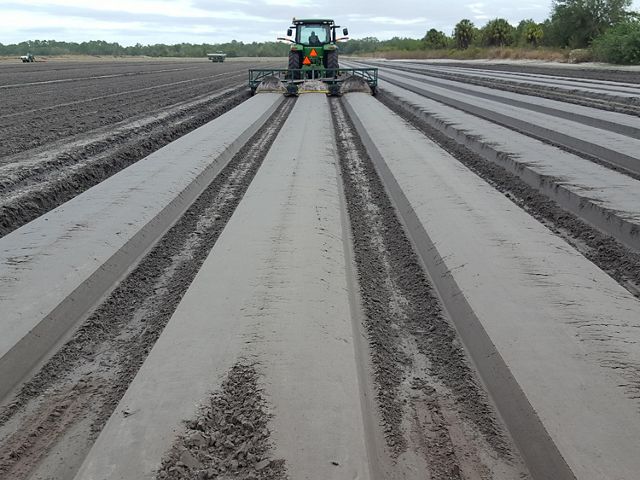
With the fields that they experimented on, the farm went from “broadcasting,” or widely scattering fertilizer, to “banding”—precisely applying fertilizer in a band below the soil surface, directly in the root zone. The result: the banding fields harvested 2,200 more pounds per acre.
“When we went to banding the fertilizer, we also got a more uniform stand of cabbage,” says Robert. “With a more uniform stand, we’re getting a more uniform cut on the cabbage that’s consistent. Now, rather than going in the field three or four times to cut (harvest), we’re done in two cuts. That saves us money.”
Quote: Lara Moody
The Fertilizer Institute applauds farmers like the Sam family who are adopting these beneficial nutrient practices.
“4R Nutrient Stewardship is an innovative approach to fertilizer management that benefits both the farmer and the environment,” says Lara Moody, vice president of stewardship and sustainability programs at The Fertilizer Institute. “The concept of applying fertilizer more precisely according to the 4Rs is simple, but the implementation is knowledge-intensive, science-based and site specific. The Fertilizer Institute applauds farmers like the Sam family who are adopting these beneficial nutrient practices.”
Robert and Chuck Sam are on the cutting edge of a growing movement in nutrient stewardship. In November 2019, Florida launched its statewide 4R Certification Program, joining programs in Ohio and New York, the Western Lake Erie Basin which includes parts of Indiana and Michigan, and the provinces of Prince Edward Island and Ontario, Canada. This voluntary certification program encourages agricultural retailers, service providers and others to adopt proven best practices through the 4Rs, which offer a consistent, recognized standard for nutrient management.
Conservation Agriculture Pays Off
Robert and Chuck liked the trial results so much they decided to apply the 4Rs to all their fields and talked with their longtime local crop advisor at Nutrien Ag Systems, Glenn Purvis. "I thought it was a positive development when David stepped in and suggested the 4R program for Jacob's Farm," says Glenn Purvis. "It reduces their costs, and it helps the environment. And I just think that the 4Rs program shines a good spotlight on growers in general and shows that they are being careful stewards of their lands and local waters."
With advice from David and Glenn, the Sams went on to implement the other Rs—the right source, right rate and right time. David also helped them modify their irrigation practices to conserve water and further reduce runoff from the fields. Lastly, he encouraged the Sams to add cover crops (noncash crops grown in the off-season) after harvest to help take up excess nutrients, reduce erosion and improve soil health.
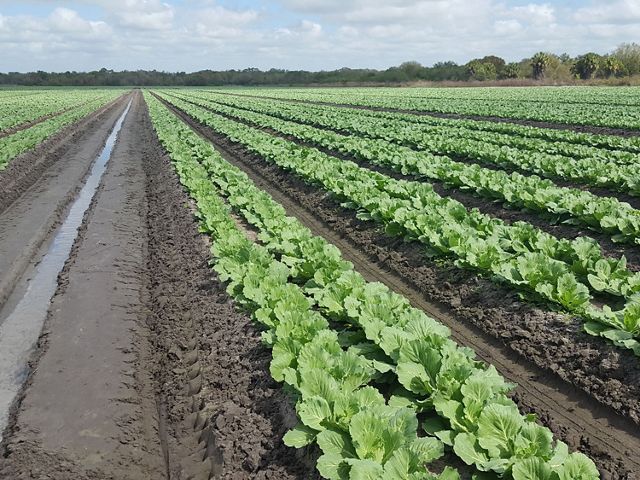
All of these conservation farming practices have the added benefit of building more resilience into the Sams’ farm soils to extreme weather events, such as large swings in temperatures, torrential rains, droughts and more.
“We liked what David was showing us,” says Robert. “With the changes we made, we found we could improve yields considerably, use less water, improve our nutrient management and get this operation more efficient.”
With these operational changes on the farm, yields have soared. Even though the Sams are farming fewer acres than before (because about 1,000 acres of their former fields have been sold to development), their yields have more than doubled.
Quote: Robert Sam
With the changes we made, we found we could improve yields considerably, use less water, improve our nutrient management and get this operation more efficient.
“I would tell other growers that David knows what he’s talking about,” says Robert. “He’s in it to help the grower as well as the environment. He can save the grower some money and help their operation become more efficient. David’s done a good job for us.”
David Royal is glad he could help. He never doubted for a moment his experiment would work. “The bottom line is these 4R practices protect and improve our water quality and also hopefully put more money in farmers’ pockets,” he says. “It’s a win-win for everybody.”
